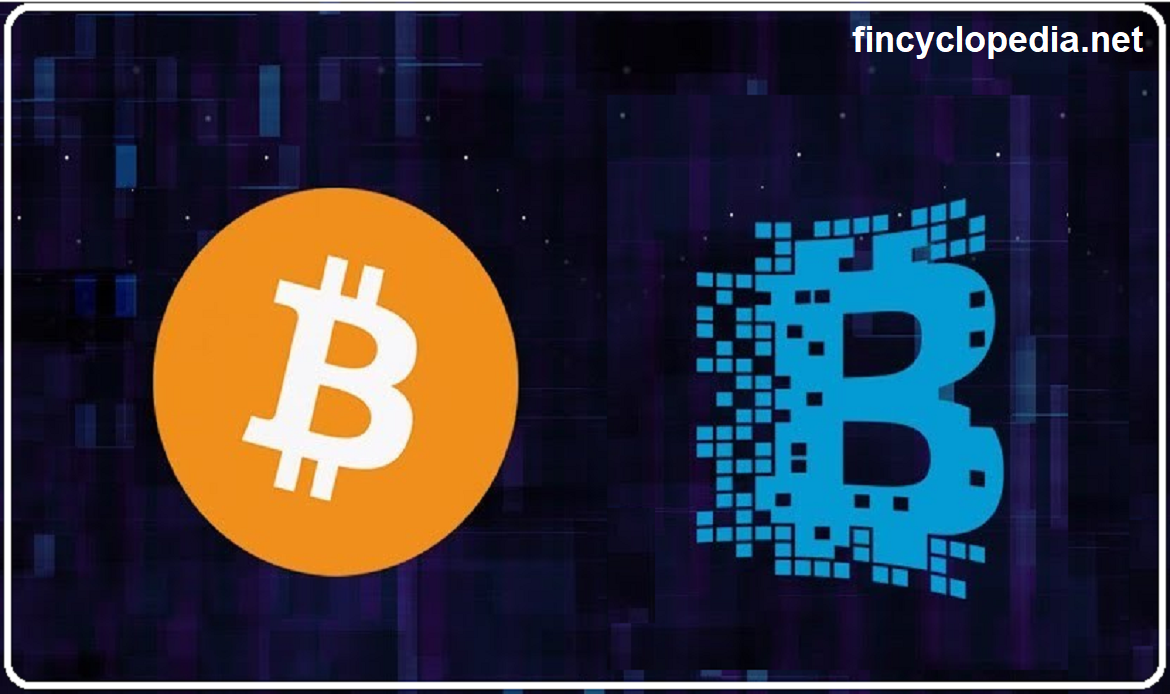A futures contract is marked to market on a daily basis. The value of a futures contract at the trade date (when it is originally transacted) is zero. In order to value this contract, it is crucial to distinguish between two methods: valuation during the trading day before marking the contract to market and valuation during the trading day after marking it to market. Assuming the mark to market process doesn’t impact its current price, the price of a generic futures contract is equal to the price of a generic forward contract (see forward contract valuation). In this case, the futures price is:
p(T) = S0 (1+r)T
where:
p(T) is the futures price at time T
S0 is the sport price of the underlying asset
T is a given point in time during the life of the contract
r is interest rate during the life of the contract
The value of of a futures contract will revert to zero as soon as it is marked to market.
The forward and futures contracts have the same cash flows and are, actually, the same contract. Forward and futures prices will be equal at expiration date and one day before expiration. Their prices will converge, prior to expiration, if interest rates are not volatile or if futures prices and interest rates show no correlation. The value of a long futures contract at any point in time is the profit earned upon selling the contract. Similarly, the value of a short futures contract at any point in time is the profit earned upon buying the contract. However, value is created for long contracts by positive price movements, whilst it is created for short contracts by negative price movements.




